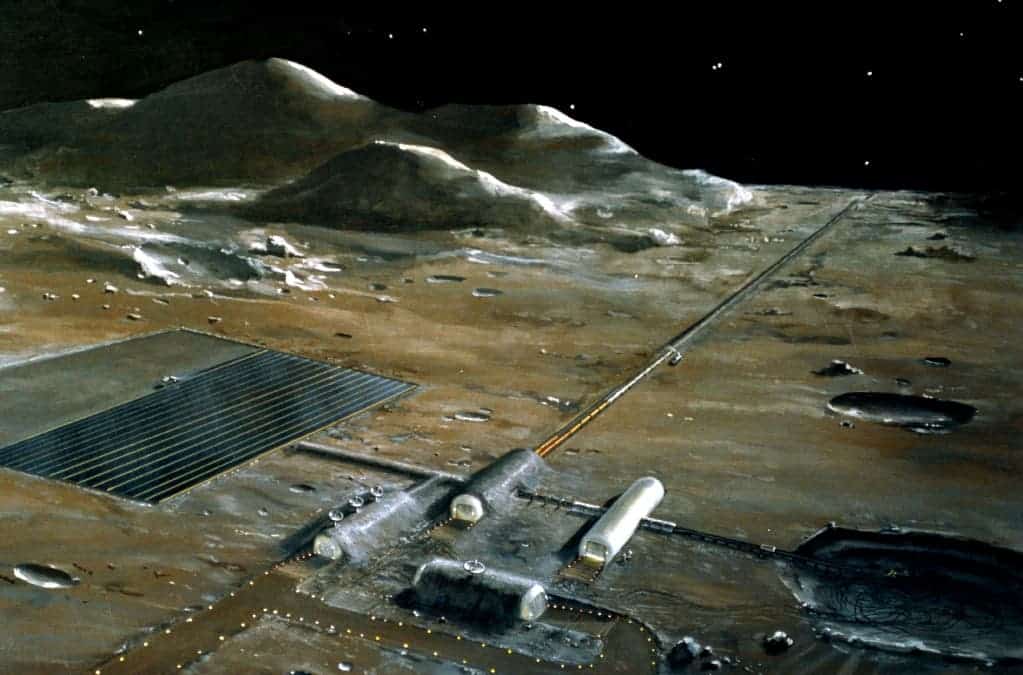A high-ranked Chinese official from the country’s space agency recently revealed that China and the European Space Agency (ESA) could partner to build a moonbase together. For some years, China has been dabbling with the idea of building a moon base on its own. A joint venture with an arguably more experienced partner like the ESA, however, will improve the odds of success.

Two heads are better than one
The space race of the ’60 and ’70s was more about a show of force between two sole superpowers, the USA and the Soviet Union. After the latter collapsed, space flight and exploration suffered as the USA saw little incentive to go farther than any ‘commie’ has gone before. The last human boots touched down on the moon in 1972 and since then NASA’s budget gets pressured with cuts every year. That’s what happens, basically, when space exploration becomes a show of military might and brawn, not an honest scientific endeavor.
But then the International Space Station happened — a massive international collaboration spanning 15 different countries. The $100-billion space station is the most complex international scientific and engineering project in history, but also the largest structure humans have ever erected in space. Inside, there’s more livable room than a conventional five-bedroom house. It also has two bathrooms, gym facilities, and a 360-degree bay window.
No country could have single-handedly engineer and finance such a huge project. Built brick by brick, so to speak, the ISS has been constantly upgraded since its first module was launched from Russia in 1998. It’s a testament to how countries can band together for the common good of science and humanity.
Well, some countries at least. China was never allowed to contribute a nut or bolt to the International Space Station because the United States always objects out of concern that China would use the tech access to advance its military program. But a lot has happened in the last 20 years.
“The Chinese have a very ambitious moon programme already in place,” said Pal Hvistendahl, a spokesperson for the European Space Agency, in a statement. “Space has changed since the space race of the Sixties. We recognise that to explore space for peaceful purposes, we do international cooperation.”
China’s first manned flight only took place in 2003, or more than 42 years after cosmonaut Yuri Gagarin return from Earth’s lower orbit. It’s catching up fast, though. Its first space station, the eight-ton Tiangong 1 (Heavenly Palace) launched on 29 September 2011 and hosted two three-person crews between 2012 and 2013. The nation’s second space lab, Tiangong 2, launched last year — the final preparation before China launches a full-fledged space station in 2020. Also last year, China launched a “hack-proof” quantum communication satellite on a 53m-tall rocket designed, like anything they do, by Chinese engineers. Despite it having a budget five times smaller than NASA’s, the Chinese space program made 14 successful launches in 2013 compared to NASA’s 19 and Russia’s 31.
China’s space program also set its sights after new milestones. In 2013, it landed a small rover on the lunar surface which continued to relay back for years. This gave Chinese engineers enough confidence to plan a similar mission on the far side of the Moon for 2018, which would be world’s first. In 2020, China also wants to send a rover to Mars, joining the race with ESA and NASA.
“You will see the Chinese quite visibly begin to match the capacity of the other spacefaring powers by 2020,” predicts Brian Harvey, space analyst and author of China in Space: The Great Leap Forward.
“Science is becoming more and more important in the Chinese space programme,” Wang Chi of the National Space Science Centre, Chinese Academy of Sciences, told The Guardian last year. “We are not [just] satisfied with the achievements we have made in the fields of the space technology and space application. With the development of the Chinese space programme, we are trying to make contributions to human knowledge about the universe.”
China’s biggest ambition, however, is to send a Chinese astronaut to the moon and, ultimately, build a lunar base. It tentatively wants to achieve this by 2030 but now with the help of the ESA, it could happen far sooner.
Hopefully, the two can move beyond just ‘talks’. After all, China and the ESA are already working together. After China returns samples from the far side of the moon, some will arrive at ESA labs for study.
Was this helpful?



